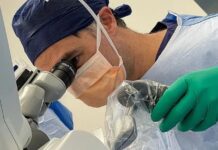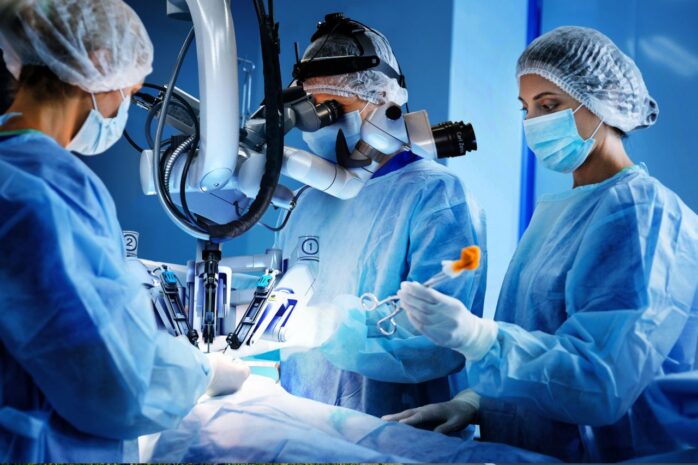
The world of technology is a vast wilderness of new ideas and exceptional reinforcement of existing fields, even if they don’t have a direct connection to technology itself. In the end, it all comes circling back where technology advances a field and then that field advances technology through newly discovered techniques and facts. There’s also the fact that as we develop our sciences further, new demands are made from technological items used within them. While being able to monitor a person’s vitals is an important factor, having a better way of approaching the actual procedure during medical procedures is always requested. Today, we are covering how technology and advancements in it have affected microsurgery.
1. Electronic planning before the operation
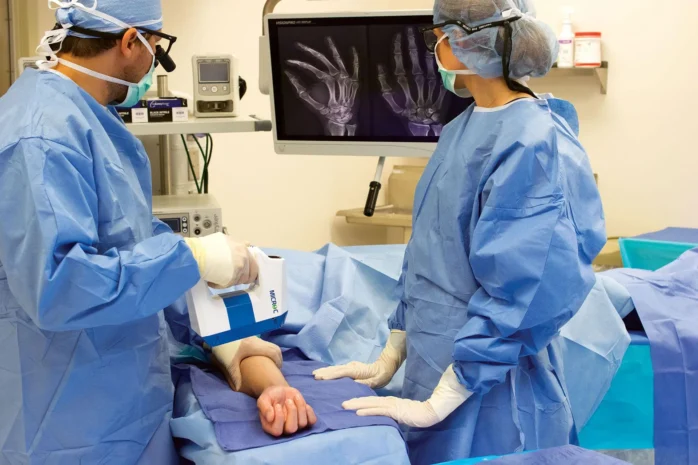
The overall anatomy of the human body is a rather well-researched area. However, due to the sheer diversity in anatomical variations, it’s not enough to simply know the basic layout of a human’s body. In fact, the anatomy of each patient can be completely different on a smaller level to a point where it could endanger a whole operation.
That’s why x-rays were such a huge change in the world of microsurgery. By putting a patient through the x-ray, medical staff is able to better plan the course of the operation. If a certain foreign body is in an odd position, it can be dangerous to approach it with a procedure without having as much information as possible. Thankfully, this technology never stopped evolving. The x-rays can also be used with various software that allows us to get a much better picture of the shapes and sizes surrounding the concerning area of the patient. This allows for better measurements to be made as well as better preoperative calculations and planning. After all, when you are able to directly engage with the complex features of a human body you’ll be better prepared for the actual operation when the time comes.
2. New software allows for 3D insight
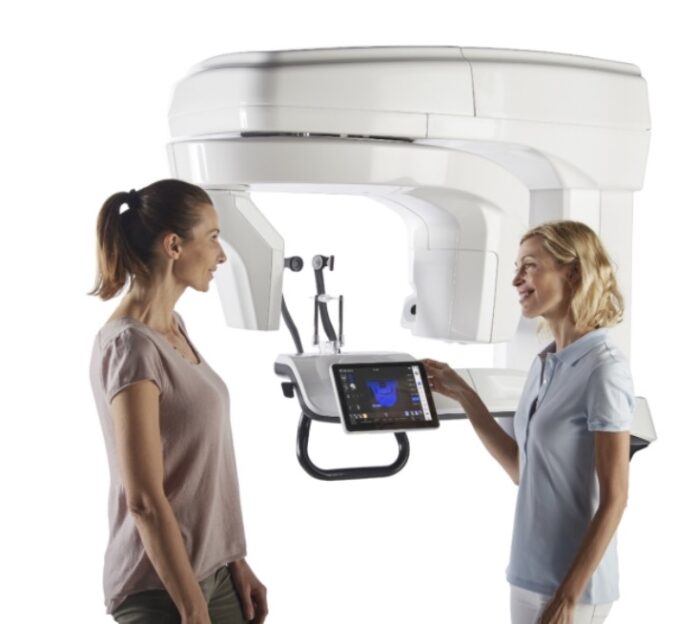
While x-rays and other forms of 2D information gathering techniques that are used for surgical procedures are useful and the layers of different scans can get you a layered insight into the specific patient, there is still room for improvement. The 3D scans such as CT and MRI ones, surgeons can get an even better perspective on the next procedure. More minute details that’d usually escape them with a 2D one, or could be harder to notice due to the need to cross-reference multiple scans, will be much more apparent. As we’ve already said, the more details we have the better the procedure will go.
These 3D scans can also be manipulated further in their corresponding software. For example, you could put a scan in software that allows for rotation and zooming of the scan. This way, the surgeon can further explore the potential quirks of the patient’s system. There are situations during microsurgery where even the slightest slip can be fatal or compromise the whole procedure so having that additional layer of reassurance is key. A very large part of the guessing work is eliminated through this process, which makes the surgery even more reliable. It allows the assistants and surgeons to get all the required tools prepared and set up treatments that could prove critical to the success of the operation. Some of these tools can be found on synovismicro.com, which provides high-quality products for any surgical procedure. After all, having top-quality tools is important for just about any job let alone one that ties to somebody’s health.
3. Computer assistance
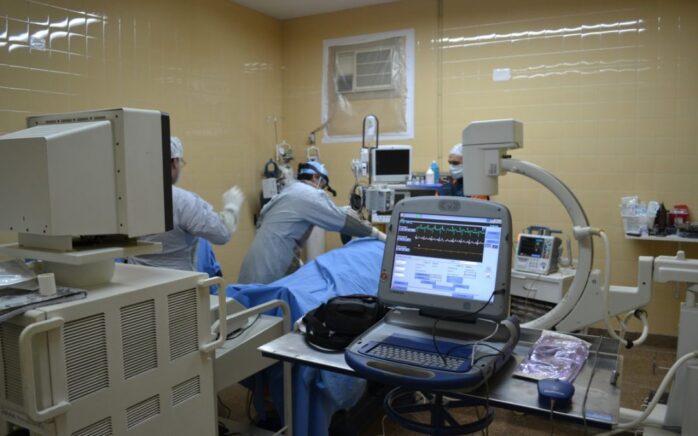
Human skill only goes so far. Even though just about every surgeon goes through years of extensive training and education, they cannot go above human limits. That’s why, at some point, some computer assistance is required for surgical procedures.
Computer-assisted surgery is a huge term but we will cover some of the most fruitful and apparent aspects of it. The first one is alignment assistance during operations that focus on inserting or replacing a part of a person’s body. Each of these operations always comes at a risk of the organism declining the new addition but the chance of success increases with the accuracy of alignment. Not to mention something like a hip replacement surgery carries with itself a danger of the hip being dislocated if not properly aligned. This can be extremely painful and have knock-off effects on the patient’s body. Thankfully, with computer assistance the chance of this happening is lowered by quite a lot.
Basically, the act of computer assistance gives every surgery a higher chance of success which is incredibly helpful. It also alleviates some stress from the surgeons as the added accuracy of the computer reinforces the surgeon’s calculations. It can also prevent human error, which is impossible to remove with any level of practice. Overall, it’s a very influential aspect of the microsurgery field and surgery at large.
4. Robot surgery
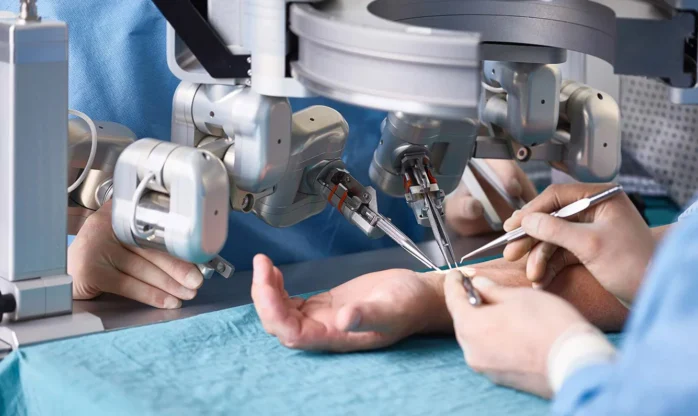
In some cases, the surgeon doesn’t have to do the job directly. Robotic arms can be used instead. The advantage of robotic arms is that they aren’t susceptible to factors that could affect a human. Not only that, the accuracy is also bumped up further due to their nature.
While robot surgery isn’t used as widely yet, it has shown a great deal of functionality and is the next step in the advancement of microsurgery. You cannot underestimate the enhancements robot can bring into a field. After all, there are plentiful industries out there right now that are utilizing robots to cover some tasks that are highly demanding in accuracy and reliability.
Conclusion
As can be gleaned above, the exceptional amount of influence that technology has in microsurgery cannot be underestimated. Not only does it provide better accuracy of information, and a lot more information overall, it can also directly assist during the procedures. Of course, both software and robots will require trained people to use them but the fact that human error during the physical procedure can be cut down is very much needed. The future could see these present technologies evolving even further especially when it comes to computer assistance and robotics as those two have been a wide point of interest for plentiful industries and areas of expertise.

